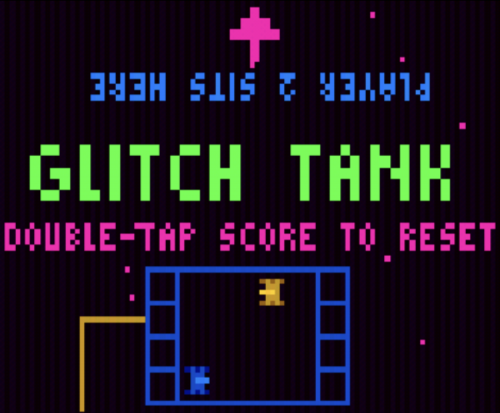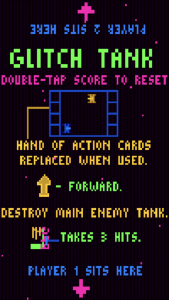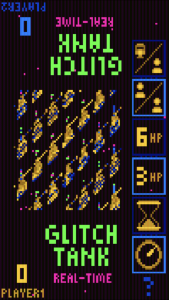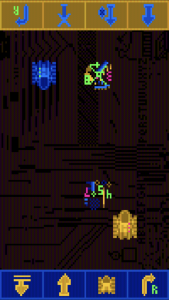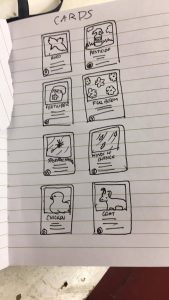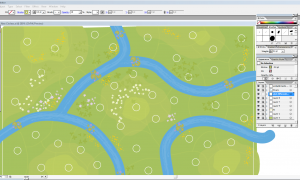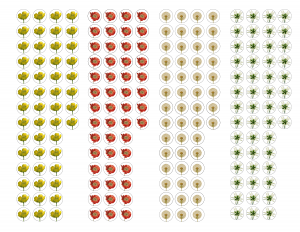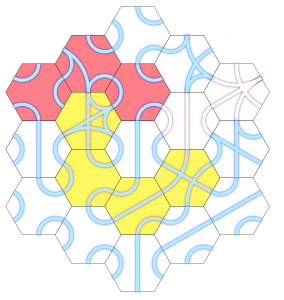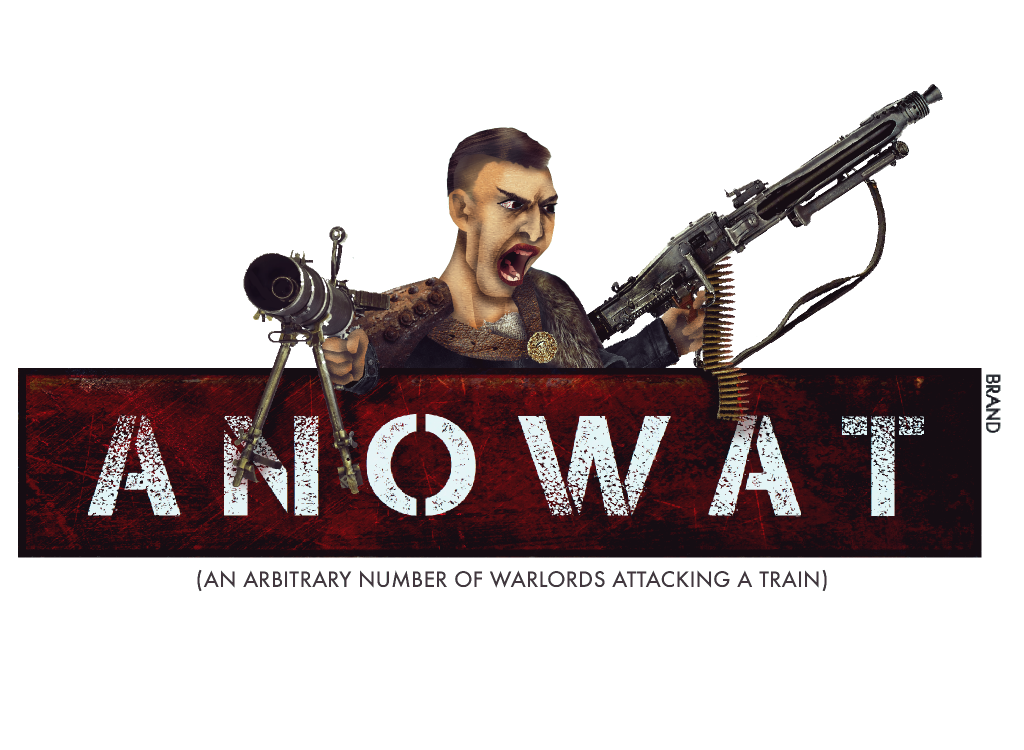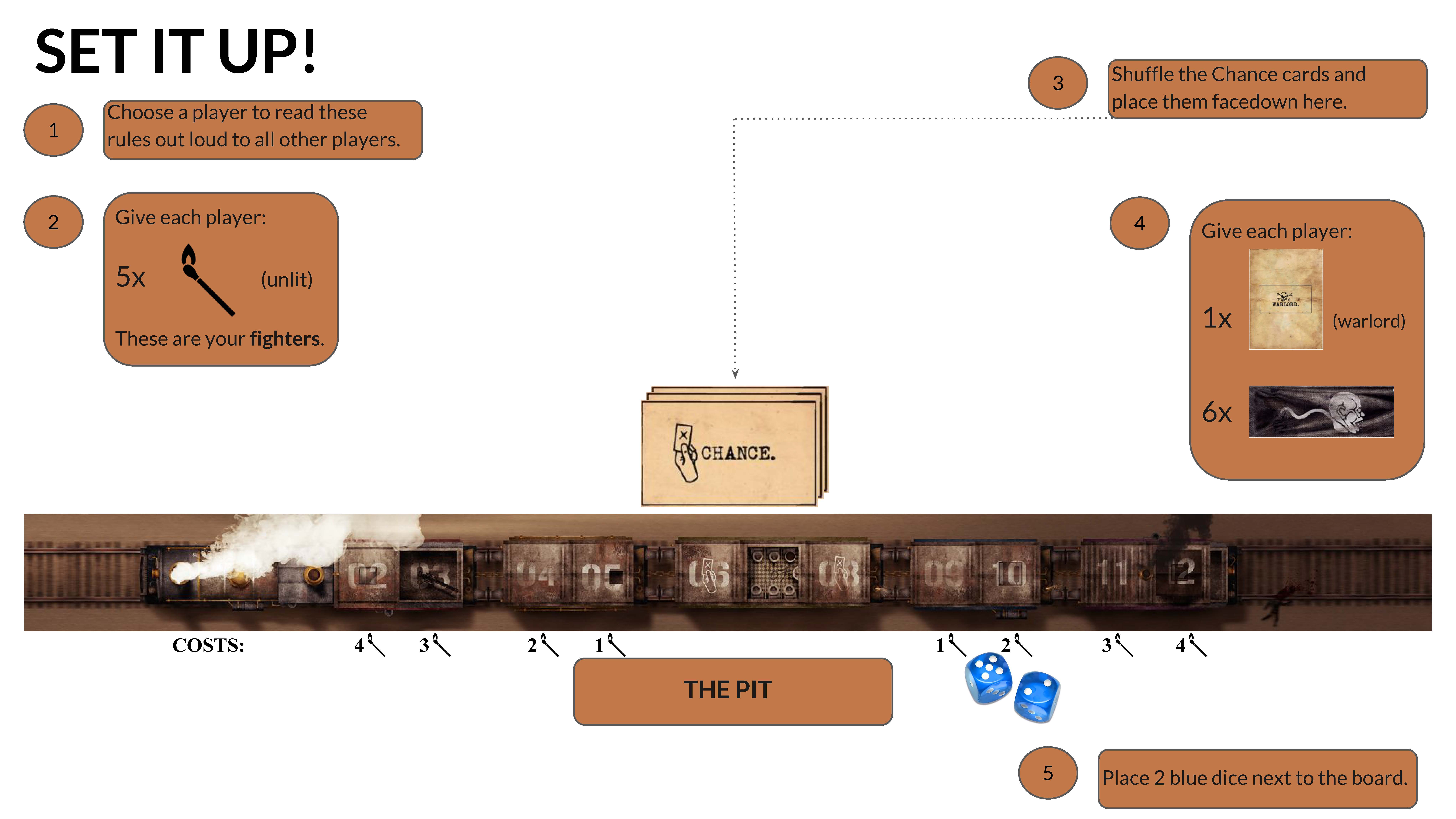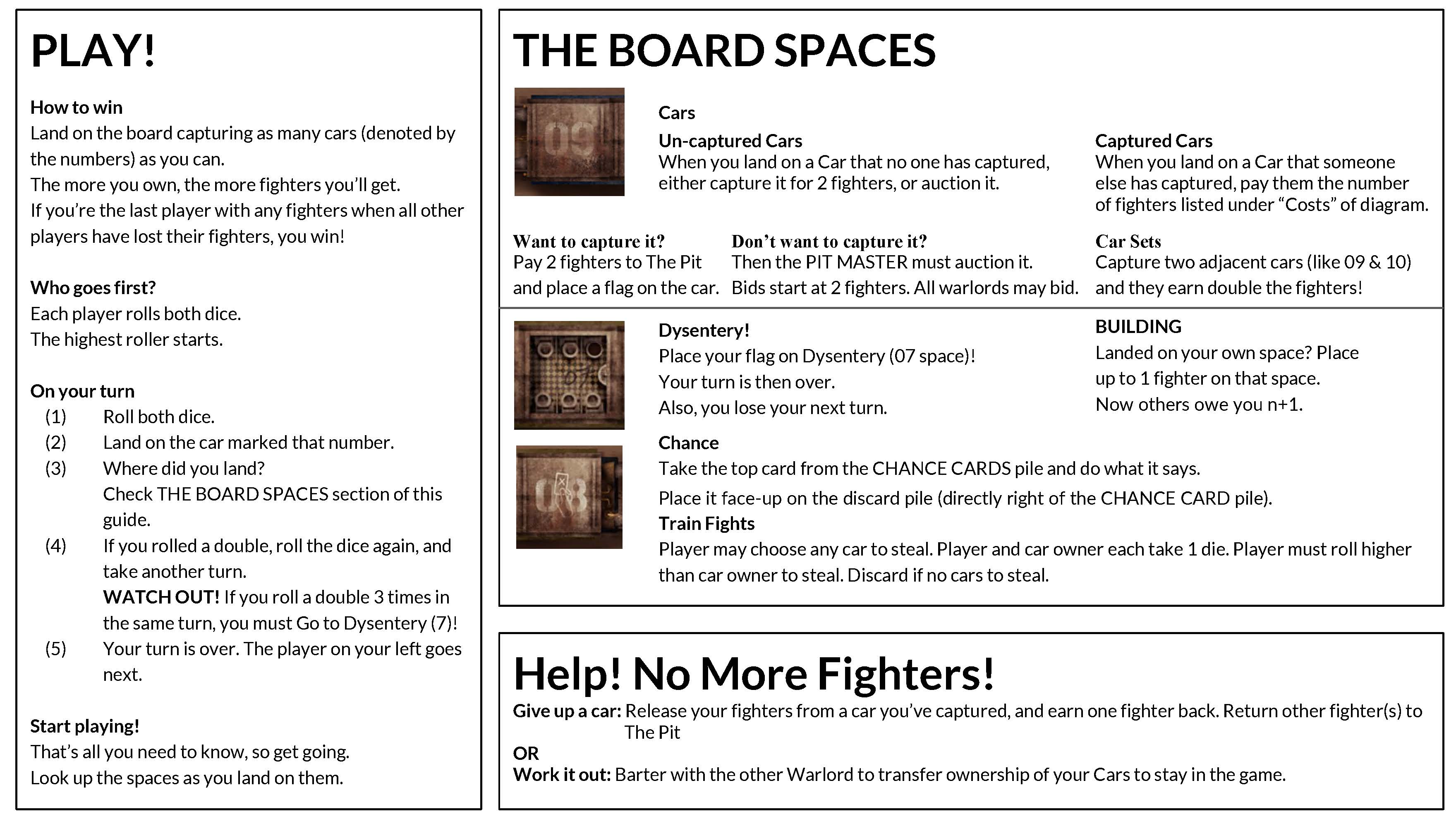I found this article/blog post relevant to more than just games, but to creative practices as a whole. Forcing yourself to regularly crank out creative ideas is a good way to flex your creativity muscles but it’s hard and exhausting by the end. It’s obvious that one of the points of making things quick and frequent is that they don’t all have to be good, but embracing the possibility of failure is hard especially when you know if things start to go south, you have to kill the baby and start over. I want to be attached to my work because then it feels more meaningful but making everything deep and meaningful is also a hard thing to do.
I really felt the brainstorming point they made because whenever I try to sit down and come up with an idea early on in the timeline of a project I’m always stumped. I always want a great big and meaningful thing but coming up with big and meaningful ideas on the spot is near impossible for me. Sadly, like these boys, it usually takes the pressure of an approaching deadline to get my butt in gear and start making things, even if I’m not super attached to them.

